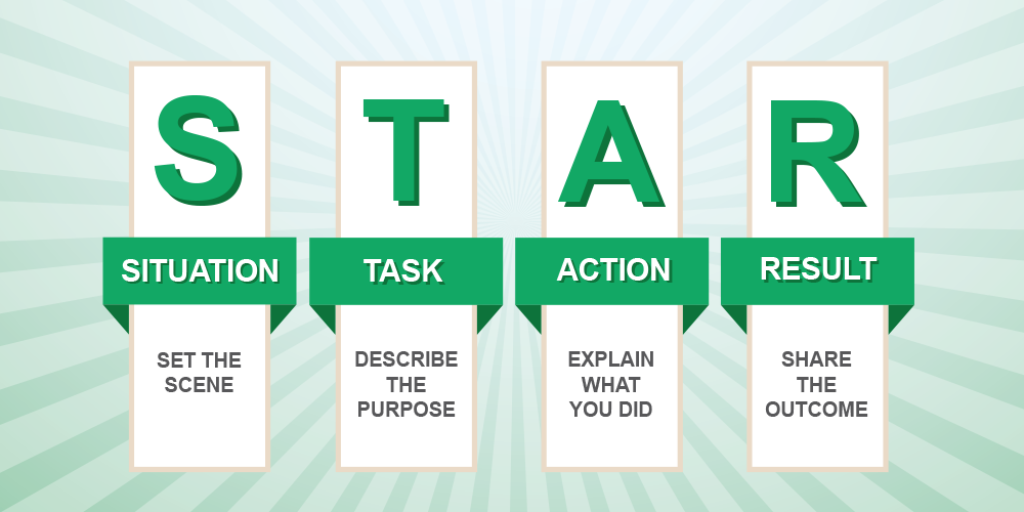How To Make The Most Of The STAR Approach When Writing MBA Application Essays

The STAR (Situation, Task, Action, Result) approach is one of the most basic and versatile structures that an applicant can use to frame answers to your application essays. Once you have picked an appropriate story that you want to tell, this approach helps you draw the story out in a compelling way, and also helps you stick to the required word count.
When should you use this approach? The answer is simple. It is whenever a question is asking you to share a specific experience, whether it is your greatest memory or challenge, a time when you showed leadership, or a recent accomplishment.
These are the main sections of the STAR approach:
Situation: This section is where you succinctly set up the context for the essay. This is where you outline the stakes, or where you share the watershed encounter that led to your subsequent actions, impact and learning. For instance, if you are telling a story where the question asks you to describe a time when you received professional feedback and how you responded to it, you could start your essay with the specific quote your supervisor used when sharing this feedback with you. You need to ensure that you do not spend too much time or space in the essay on this section, especially when you have a limited word count. The context should be concise, clear and punchy.
Task: This section is where you describe the specific task that is in front of you, based on the context that you have previously set up. Again, the task ahead should be one specific task that you are addressing – like executing on the feedback that you received from your supervisor, or meeting a challenging, high-stakes deadline with minimal resources. The context is already set up, here you are just clearly, and in one line really, stating the specific challenge that lies ahead.
Action: This section is where you often end up spending a significant proportion of your time and word count real estate in the essay. The main premise of this section is to describe how you went about executing your task. The mistake that is often made is when you share a series of statements stating what you did, without explaining exactly how you did it. For instance, if you are describing a time when you led a team to close a deal, you need to talk about how you negotiated with the client, how you empowered your team to take responsibilities, etc. By explaining how you did what you did, you are demonstrating your ability to execute.
Result: This section is where you state the impact of your actions in the context of your task. Did you close a multi-million-dollar deal, or win a national award? This is where you would state the result you have achieved for the organization or institution, or your inability to do so, if the question asked is focused on describing a failed endeavor. This section should also use minimal word count, be clear and punchy.
Learning: This section is often the most critical section in the essay, especially in questions which ask you to share how you have grown personally and professionally, or specifically state that you need to share what you have learned. It reflects your mindfulness and self-awareness, and the depth and quality of your insights. This is the space in the essay where you have an impactful answer to the question, why? Why is the impact you made significant not just to the organization, but to you?
It is extremely important to understand:
- the nuances in the questions, and to then accordingly give word count weight age to the sections described above so that you are clearly answering the question and not force-fitting a story.
- how to stylize the answer – you need to be able to tread that fine balance between authenticity and sharing a powerful, passionate story that is not disingenuously hyperbolic.
Sloppy writing in your essay is bound to leave the wrong impression on the reader. Use our FREE Essay Editor Tool to ensure you submit an error free essay.
Need help choosing the right stories, or crafting stellar essays? ReachIvy can help!
ReachIvy sincerely hopes that this article serves as a critical tool to increase your knowledge base. For study abroad consultation or career counselling with ReachIvy, Submit a Query now! Also, review our resources to access our free premium content.
Check out our book – Break the MBA Code by Vibha Kagzi






